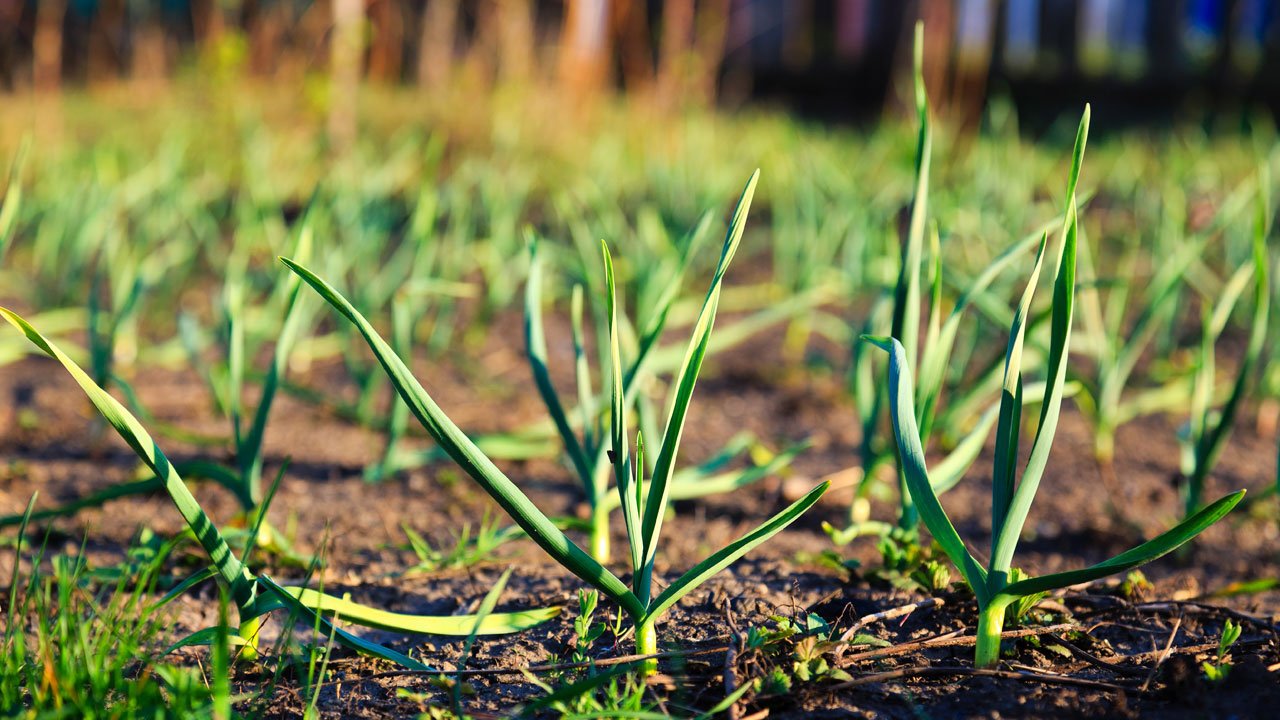Plant Now for Fall Harvest
Aug 21st 2018
Most of us think of Spring as the start of our growing season and forget that Fall offers the ideal growing conditions for various crops. Fall is great for planting cool season vegetables as well as perennials, shrubs, and trees. Now is a great time to plant for an Autumn harvest or your spring garden.
Autumn’s temperate climate and light rains will help everything planted to thrive and a healthy root system to develop for fruit trees, berry bushes, and ornamental hedges. If you are growing in garden beds, leave some empty to “rest” the soil for a complete season or over winter. Continue to layer in leaves, grass clippings, garden waste, and straw on top for shade and as a beneficial air layer necessary for the composting process. By the time Spring comes around you will have enriched soil ready for plants.
Hardy vegetables will tolerate temperatures down into the high 20s, and the cold weather makes them taste better. A light row cover (GCI Row Cover) draped over them will help extend your season. Check a USDA frost date map for the first expected frost in your area. Here are some of the hardiest vegetables to plant.
Arugula
This plant is ready to harvest in 40 days, and you can pick the outer leaves first and leave the rosette for final harvest.
Broccoli
America’s favorite vegetable needs cool weather, at least 16” between plants, and steady watering.
Brussel Sprouts
This veggie needs fertile well-drained fertile soil and at least 6 hours of sun exposure to flourish.
Collard Greens
Plant the seeds or plants at least 18 inches apart with rows 3 feet apart to enjoy the deliciously steamed leaves.
Kale
This very hardy plant is excellent in a stir-fry. The plant is vitamin rich and can survive temperatures down to the mid-20s. My favorite of the many types is dinosaur kale.
Spinach
This effortless cool weather crop is fast growing and likes neutral soil. It is a heavy feeder that likes neutral to alkaline soil.
Turnips
In most areas tasty turnips can be harvested 6-8 weeks after planting from seed. For Fall planting, count back nine weeks before the first expected frost.
Garlic
Choose large heads of excellent tasting garlic for the best crop. Plant the cloves from mid-September to mid-October for a late June harvest.
Radishes
If you plant fall radishes 6-10 weeks before the first expected frost, provide decent soil and good drainage with six hours of sun your crop should be plentiful.
Cabbage
Rich soil, plenty of water, and constant fertilization with an EZ Flo fertilizer injector will produce a bumper crop.
Cauliflower
This crop is a late season challenge well worth the close attention it requires. Using rich, moist soil with plenty of nitrogen-rich compost will get you off to a good start.
English Peas
Peas need a few days of warm weather to help the sprouting process and should be planted 6-8 weeks before the first frost date. Planting in early September in California and on the west coast and mid-August in the northern latitudes should work.
Kohlrabi
Kohlrabi is set out six weeks before the first frost date. This plant is deliciously sweet if grown and harvested during cold weather. It’ll need 6-8 hours of direct sun and fertile well-drained moist soil for a successful crop.
Leeks
A cousin of the onion, these sweet and mild plants don’t produce bulbs but have thick stalks that are edible and tasty. In zone 7 and higher leeks can overwinter in a garden bed that is fertile and has good drainage. Plant leeks in a 6-8-inch trench six inches apart and mulch.
Swiss Chard
This veggie is very accepting of a wide range of temperatures making it suitable for planting from mid to late summer and harvesting it thru the winter. It will often be standing upright and productive in the Spring.
Beets
Beets grow best in cold weather and usually mature in 60 days. Grow them in the deep, fertile soil, never clay.
Carrots
I like to grow carrots in a raised bed with rows six inches apart. The planting method I use in my raised beds is to run string back and forth every six inches to tacks at the ends of the bed and plant along the string line in a ½” furrow in the soil. Sprinkle the seed along the rows and cover with some fine soil then pat down. Water gently and then use Soaker Dripline to irrigate each row.
Celery
A heavy feeder, celery require irrigation daily and fertile ground. Start them in small containers and plant eight weeks before the first frost. Plant the celery 8” apart and harvest the outer stalks first. Compare the taste difference between your harvest and grocery store celery.
Lettuce
In a category all by itself and one of my favorite crops to grow, lettuce tastes sweetest as the weather cools down. GCI row cover can help if the weather gets too hot or too cold. Mesclun or mixed lettuce is an excellent variety to grow as it provides a mix of flavors and colors. The plants can be planted as close as six inches apart and can be thinned out as the plants grow. The rows can be 12″ apart and irrigated easily with ¼” Soaker Dripline run down each row. Start harvesting as the plants start to grow by cutting some of the outer leaves. Once the heads are mature, cut the entire head and enjoy some of the tastiest, freshest, and most nutritious vegetables you’ve ever had.

